They are used widely in mechanical testing, ongoing system monitoring, and as components in devices such as industrial scales. Read More…
Our load cells are manufactured with the highest attention to detail at all stages. Whether it is through the design stage, engineering stage, or through hundreds of tests run daily, we ensure that our products outshine all competitor products.
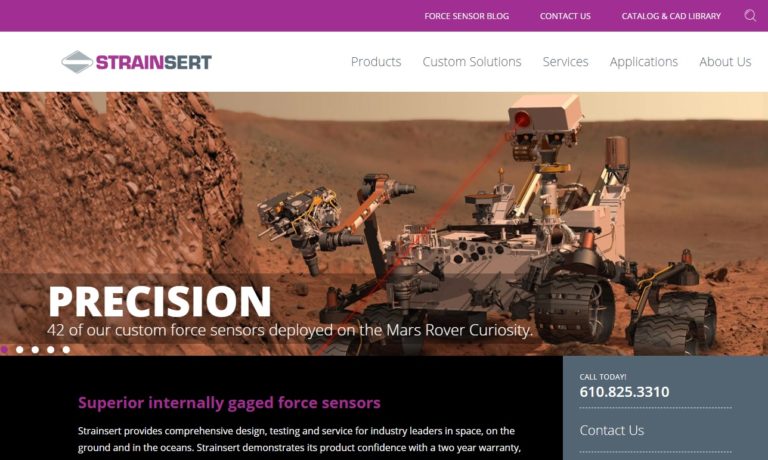
Founded in 1985, Load Cell Central has firmly established its reputation as a leader in load cell manufacturing, custom weighing system integration, and first-class load cell repairs. Load Cell Central offers a wide variety of popular load cell and component configurations for virtually every new or old weighing system, scale or component replacement possibility. Technical and after-sale support, ...

At TyTek Industries we manufacture load cells to suit all capabilities. Our expertise has provided insight and load cell solutions for a range of customers and industries. Our engineering team’s philosophy ensures we do everything humanly and technologically possible to match your requirements with quality, cost and delivery. We’re here to help you carry the load.

SENTRAN's corporate charter is to manufacture and market premium quality load cells. SENTRAN serves the biomedical, pharmaceutical, food and beverage, material handling, aerospace, automotive, agricultural, fitness and health, petrochemical and off-shore industries. SENTRAN’s experienced and knowledgeable workforce is capable and ready to find the solution that’s right for you. Call now!
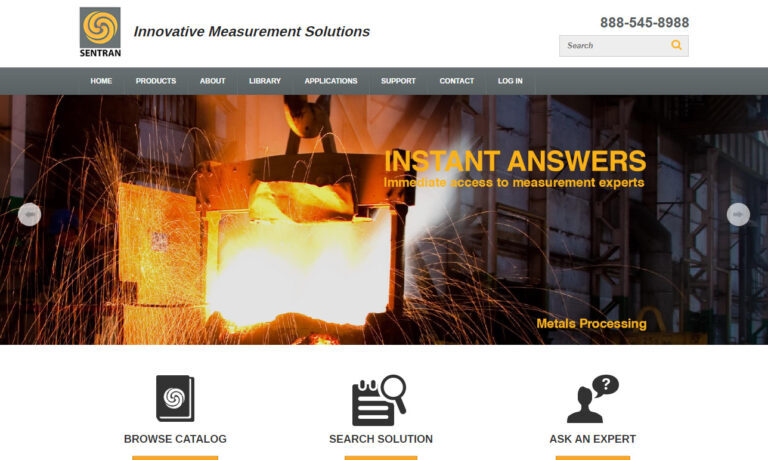
Since 1976, Toledo Integrated Systems has developed force measurement, tonnage monitoring and press control systems for some of the finest manufacturers in the world. We have created many of the innovations that have set the standard for force measurement today. Products include: strain gage sensors and load cells, we’ve also expanded to tonnage monitors, load modules, die protection.

More Force Sensor Manufacturers
The measuring of levelness and tension is the main purpose of force sensors. The information that they monitor is then signaled to a recorder or other computerized data collection system. Force sensors can utilize analog or digital technology for the recording and transferring of information, just like load cells do.
The two major styles of measurement done are compression and tension; compression is a negative measurement force on a single axis, while tension is a positive measurement force also done on a single axis.
Another common style is shear, which is done on two axes that are offset. When they are used to measure any variance in certain ongoing systems, such as gas lines, they can sound an alarm or shut down the system itself until the discrepancy is corrected.
Such pieces of machinery are also used in a variety of larger measuring devices used in industrial manufacturing, food processing, construction, aerospace, chemical plants, and automotive industries.
Force sensors can vary greatly in size and shape depending on the type of use. The two basic components of a force sensor are the sensing element and circuit. The sensing element is most often a strain gauge, which is comprised of a coil; the circuit is the connection of these gauges throughout the force sensor. However, it can also be a piezoelectric sensor that functions by way of a crystal but still gets the same sort of results.
Force sensor outputs include analog voltage, analog current, analog frequency, switch or alarm, serial, and parallel.
The most basic designs consist of four gauges, which make up the measuring circuit. More complex and detailed sensors can have up to thirty gauges as part of the measuring circuit. The more gauges inside the force sensor, the more sensitive the sensor is in recording and monitoring variance in measurement. The formation of these gauges and circuits is usually set up according to the Wheatstone bridge equation, which was developed during the early eighteen thirties.






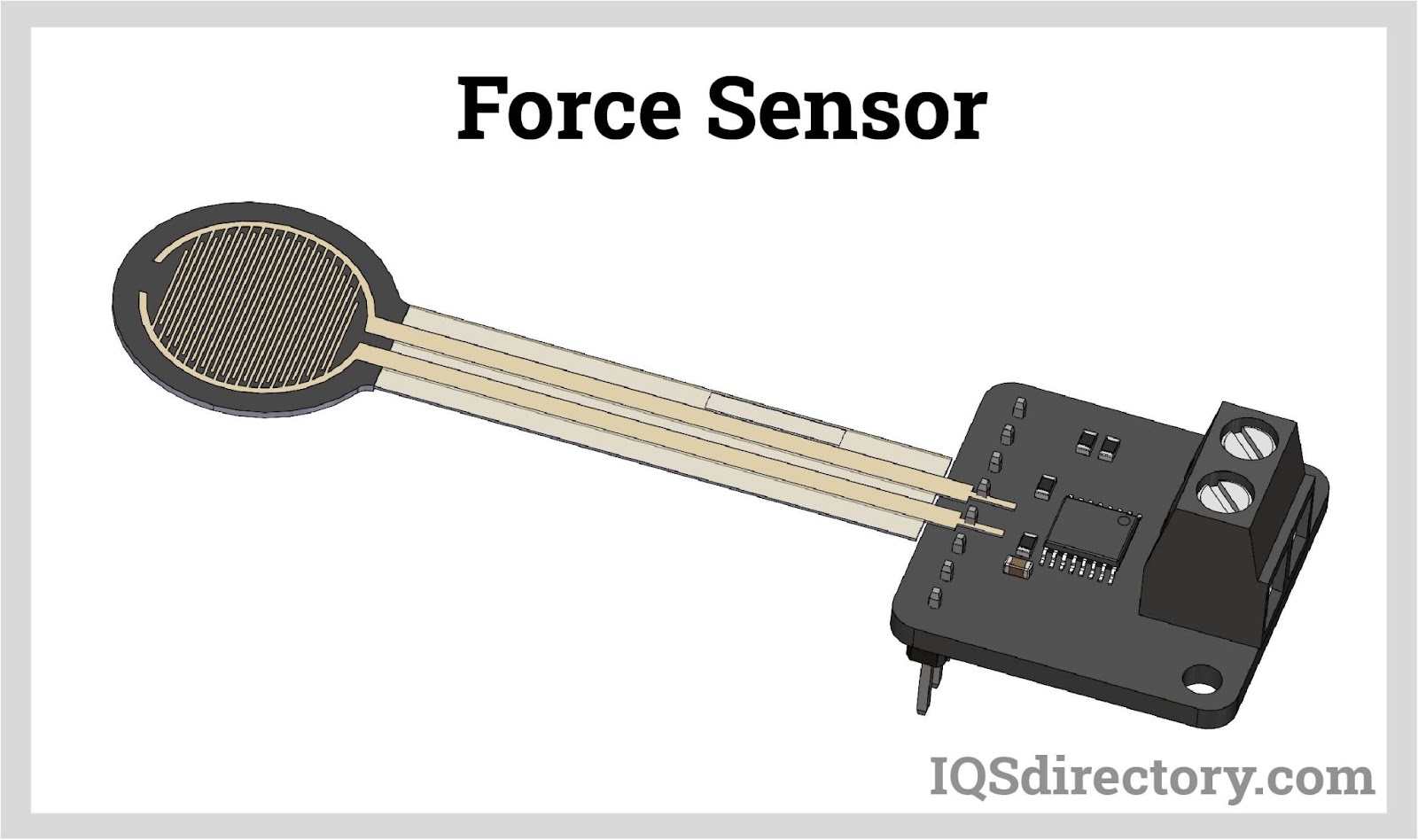
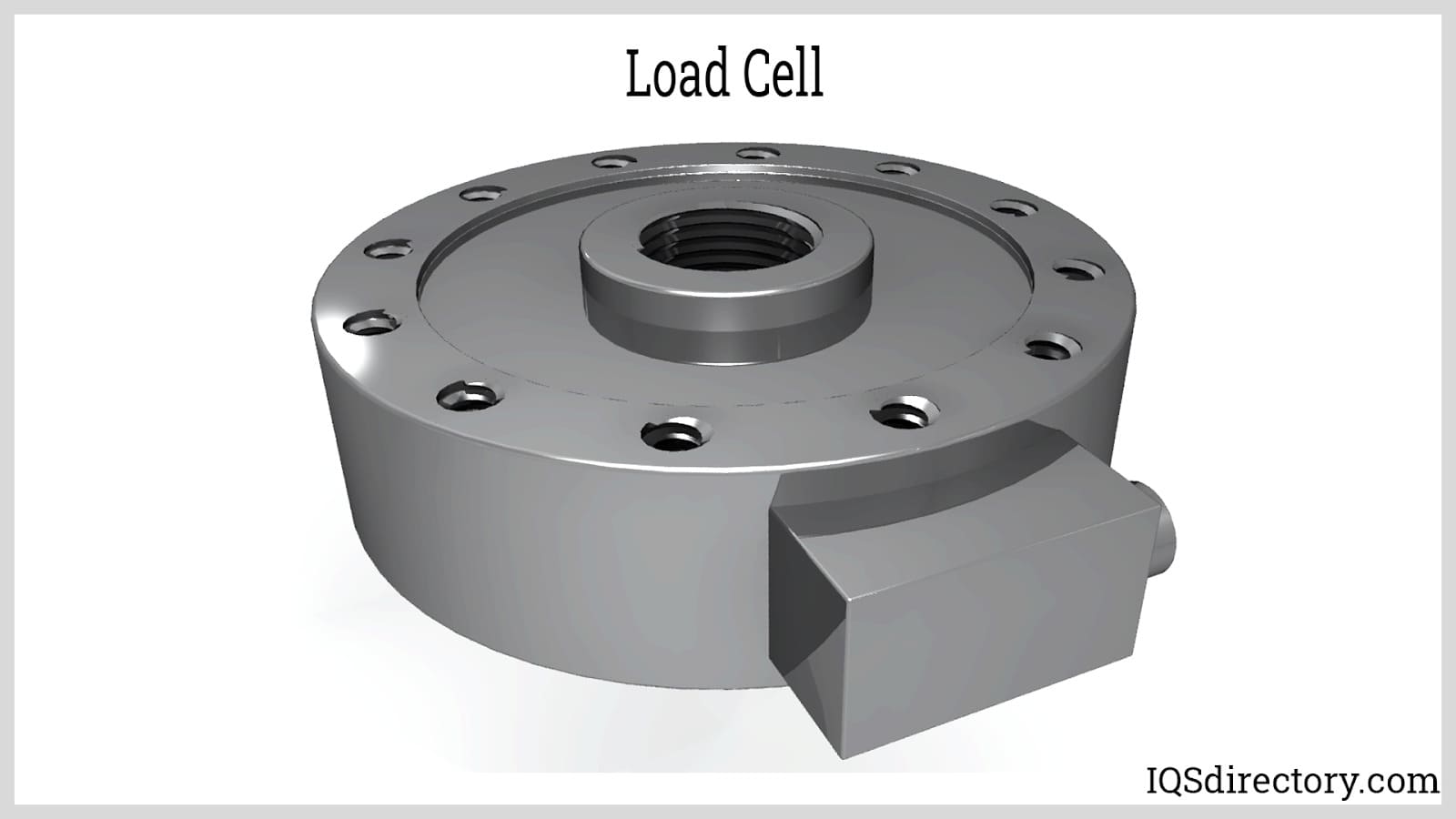
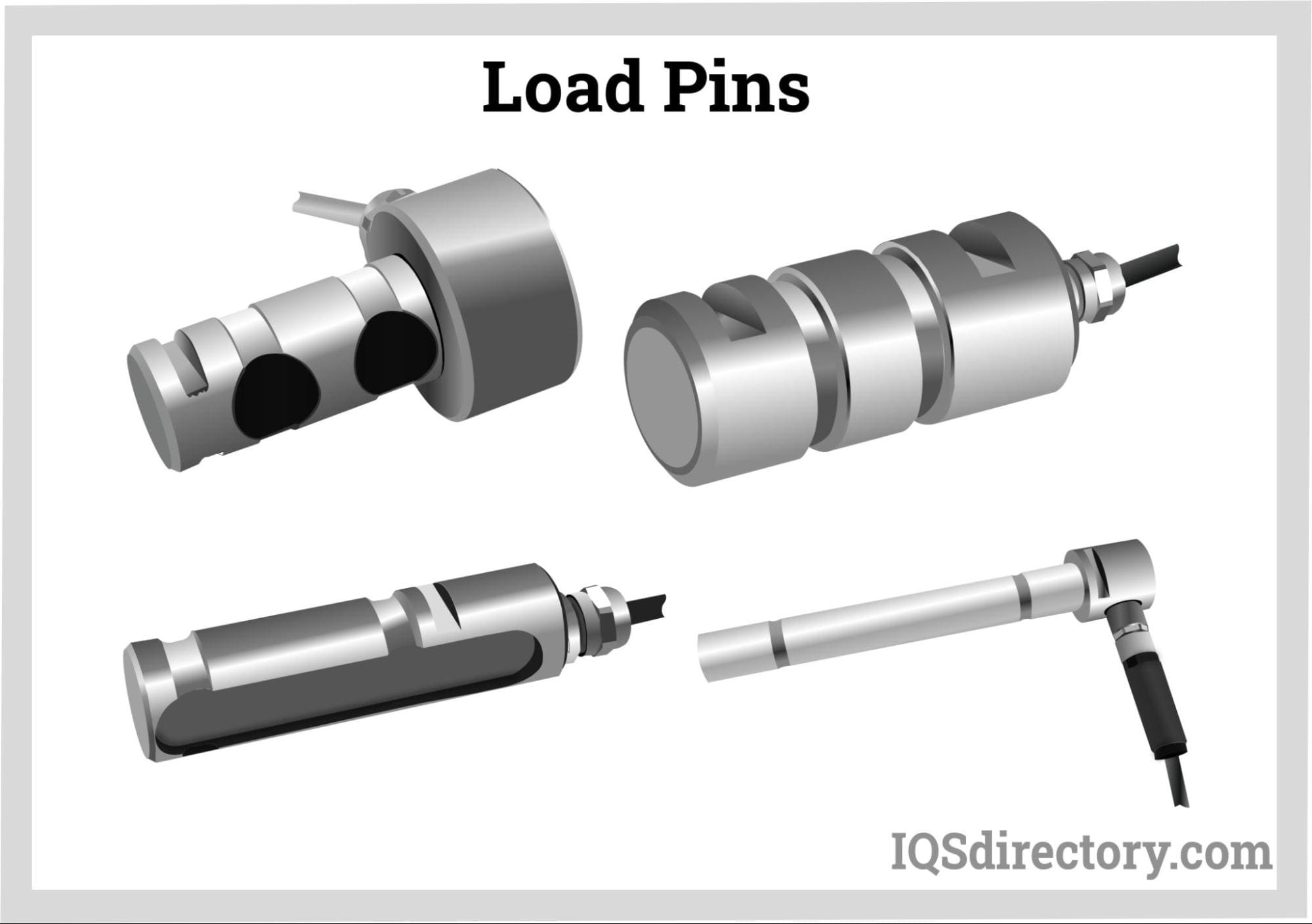
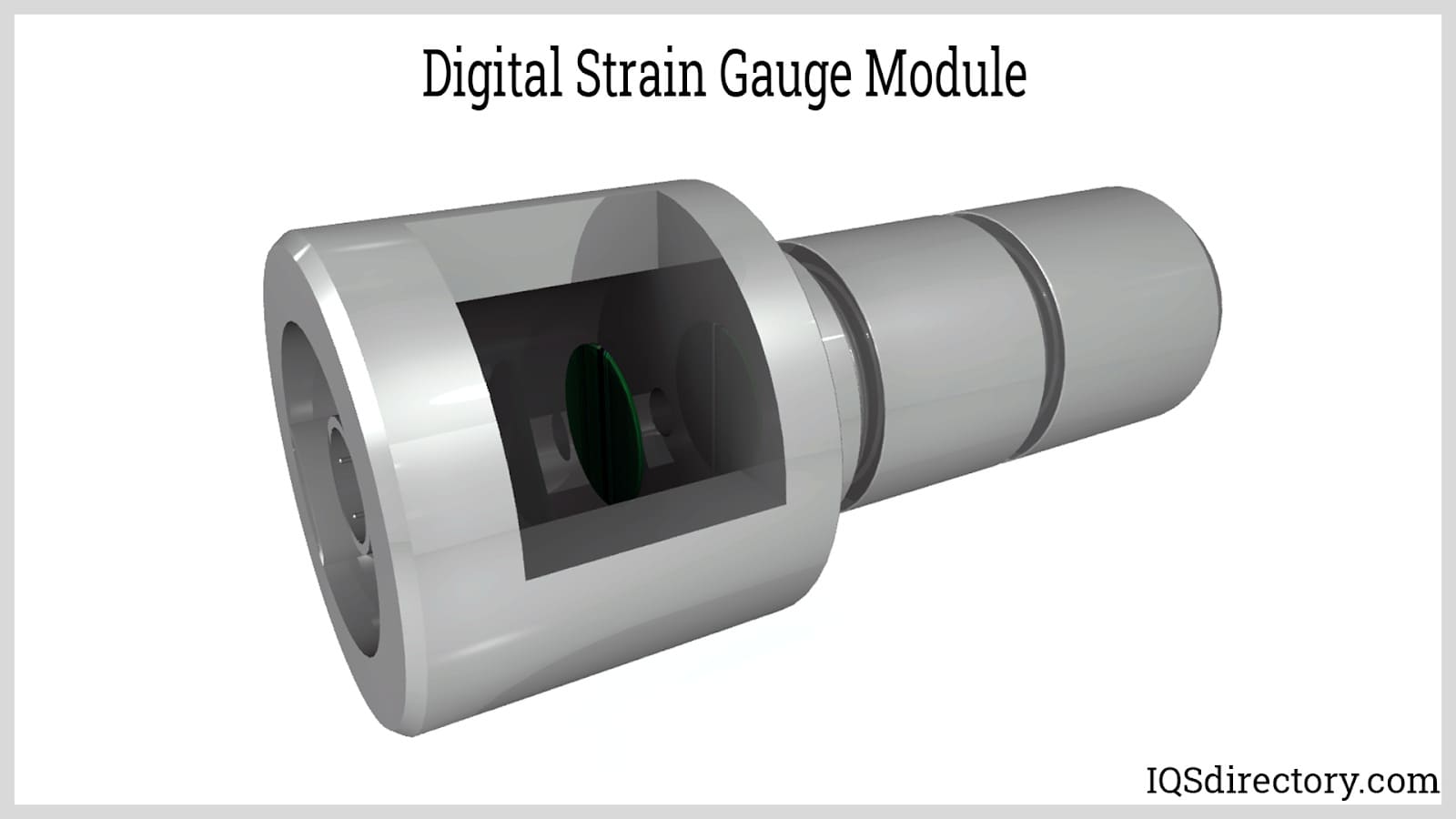
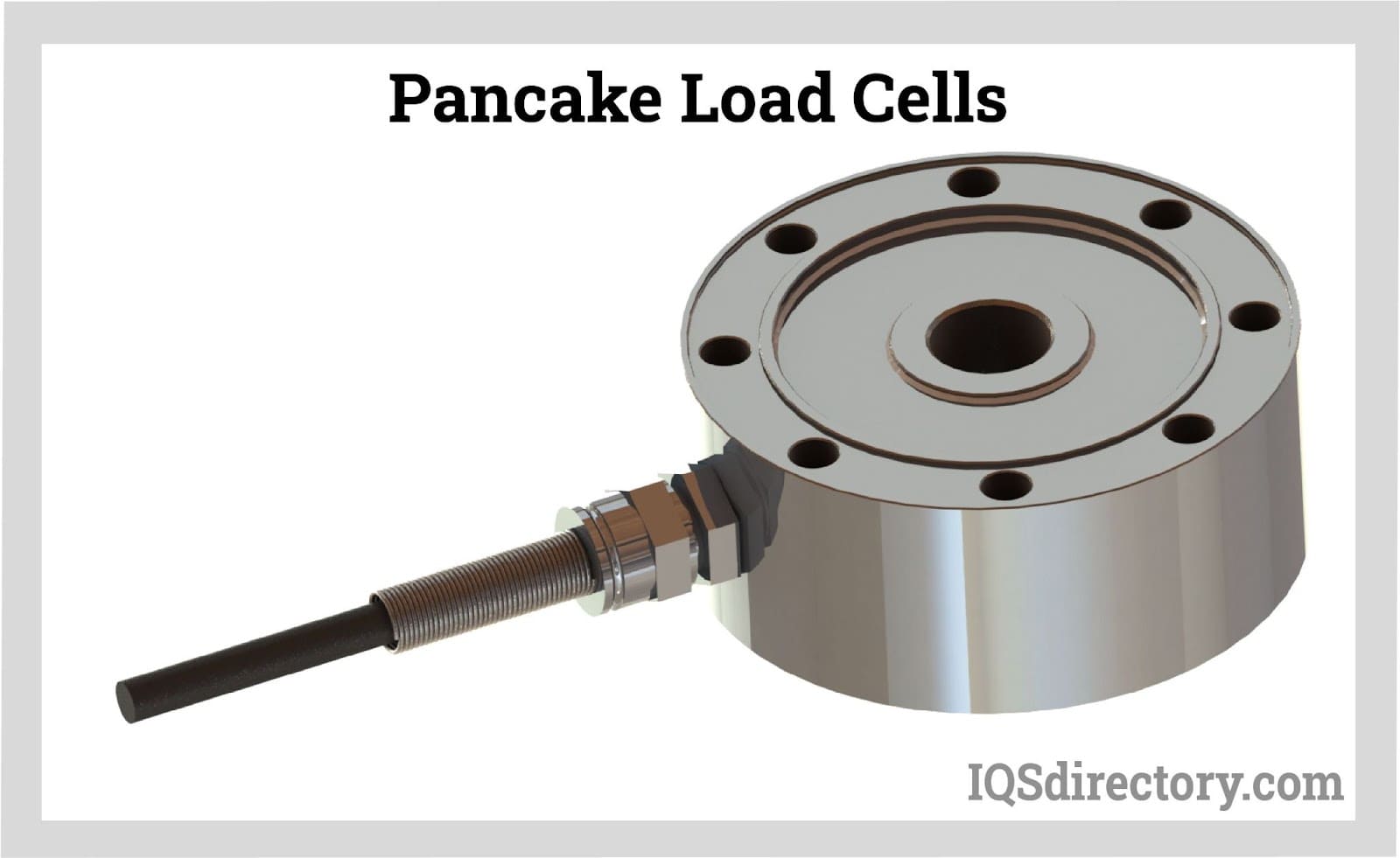
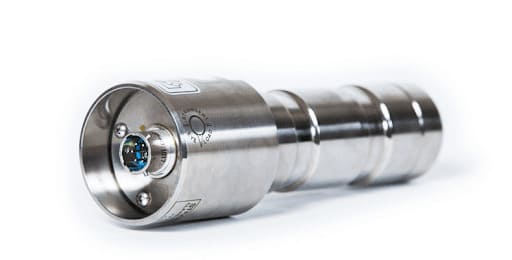
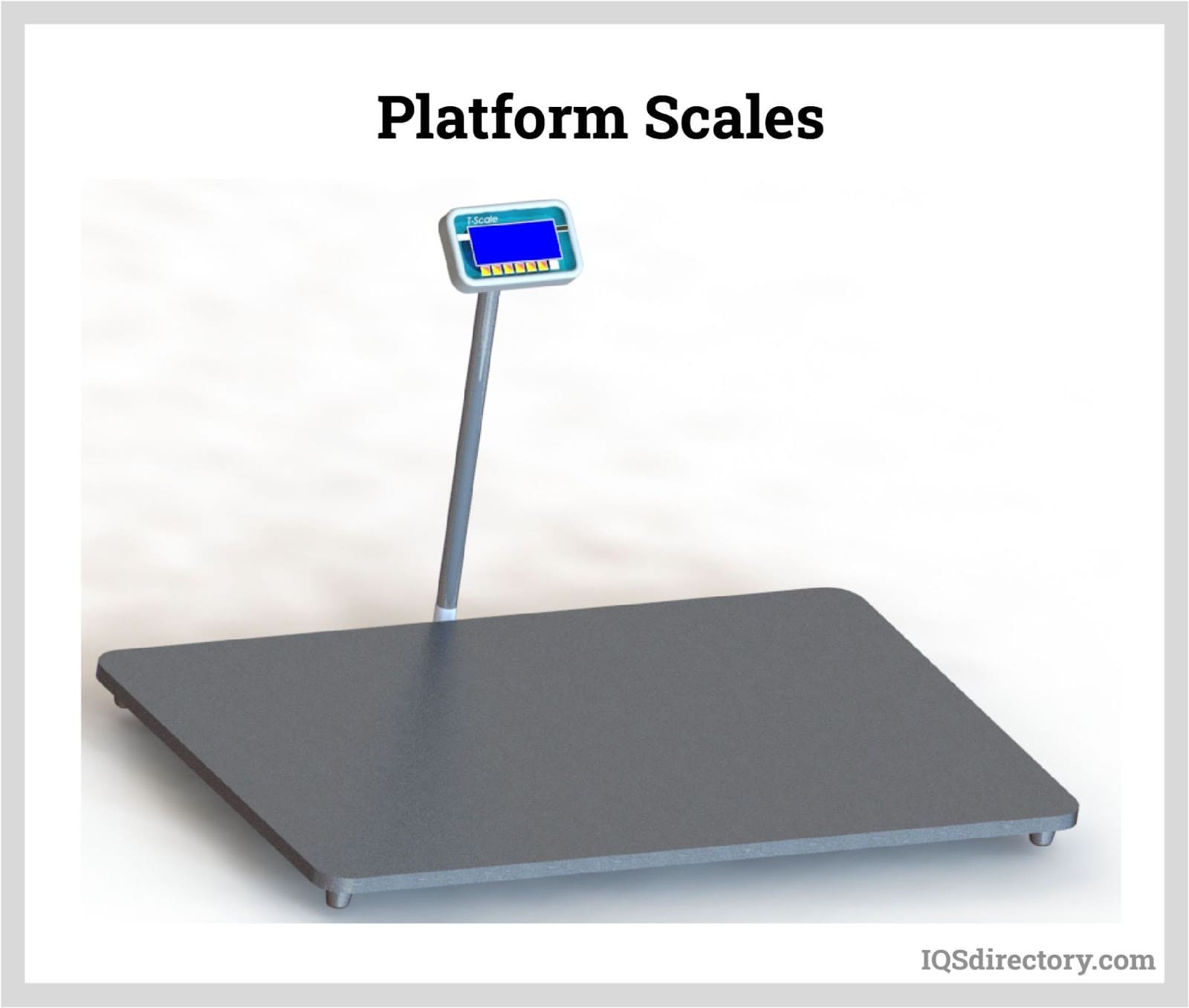
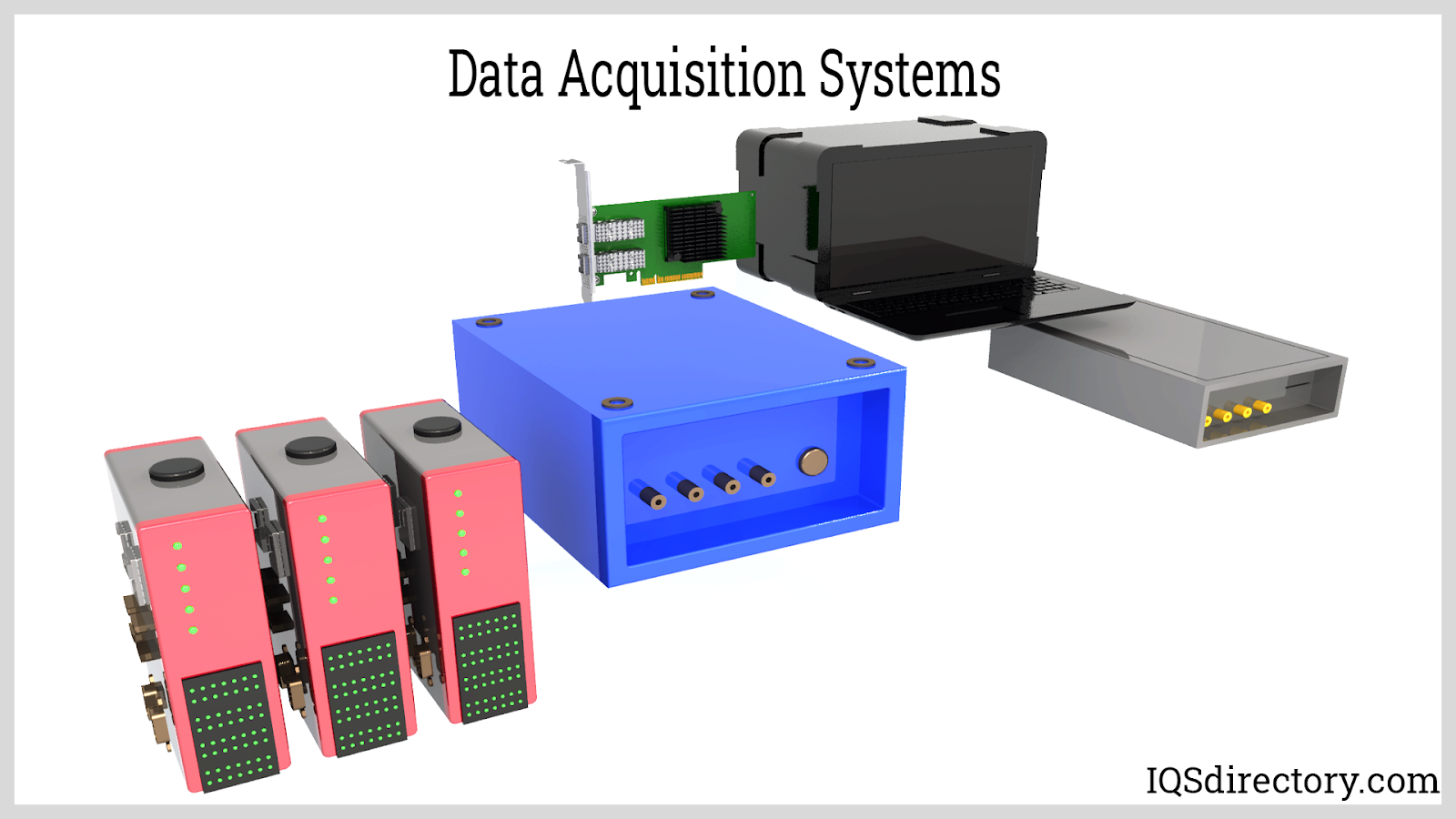
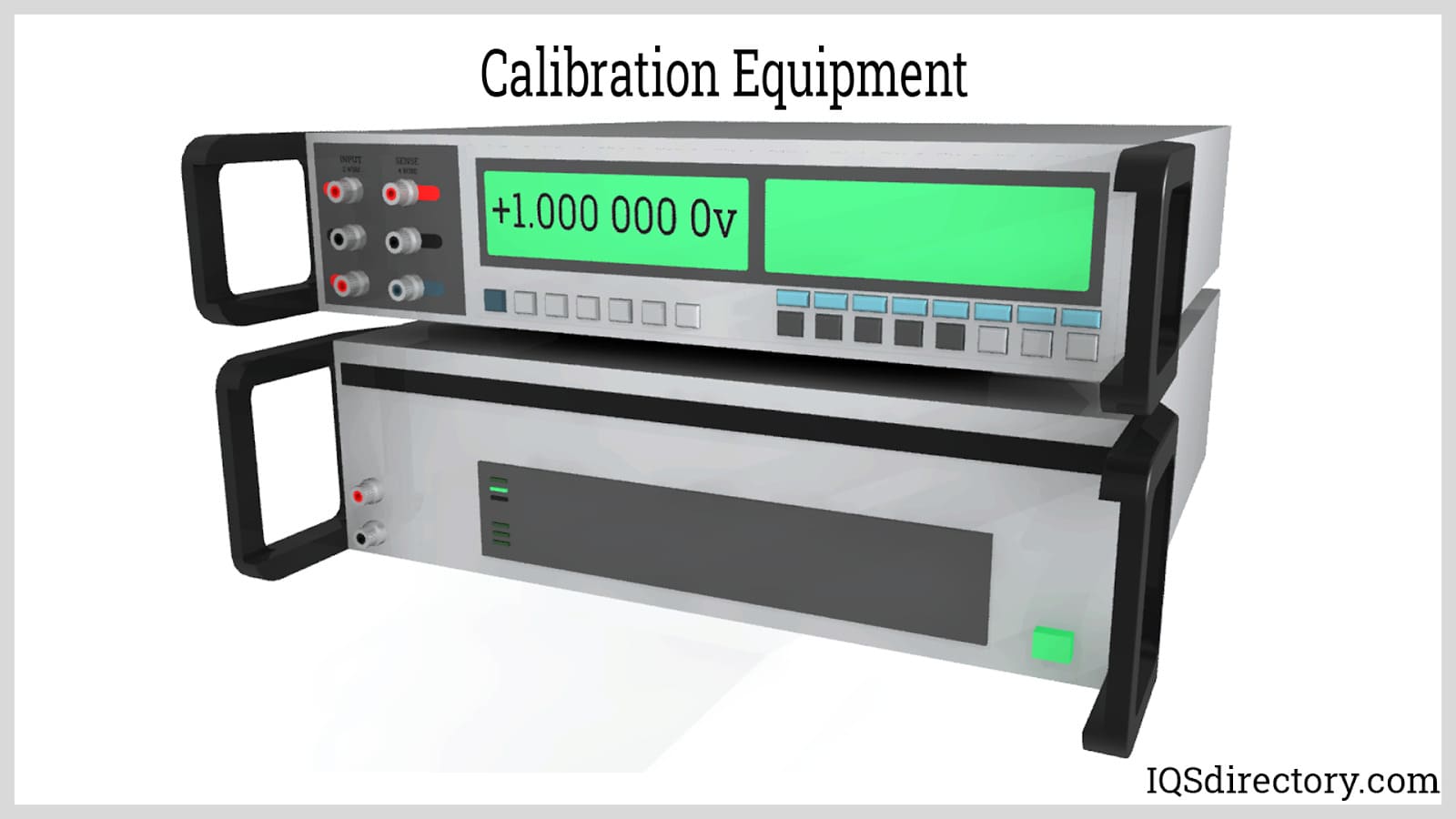
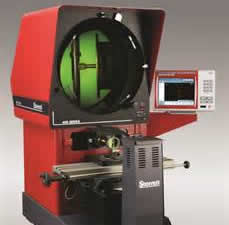 Calibration Services
Calibration Services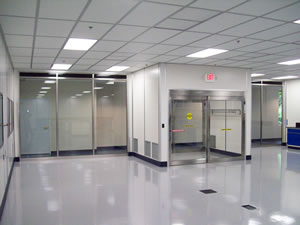 Clean Rooms
Clean Rooms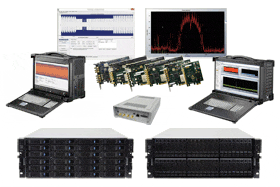 Data Acquisition Systems
Data Acquisition Systems Dynamometers
Dynamometers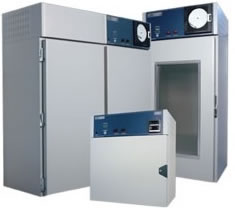 Environmental Test Chamber
Environmental Test Chamber Leak Detectors
Leak Detectors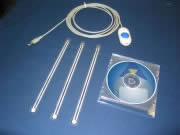 Load Cells
Load Cells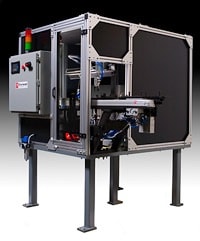 Machine Vision Systems
Machine Vision Systems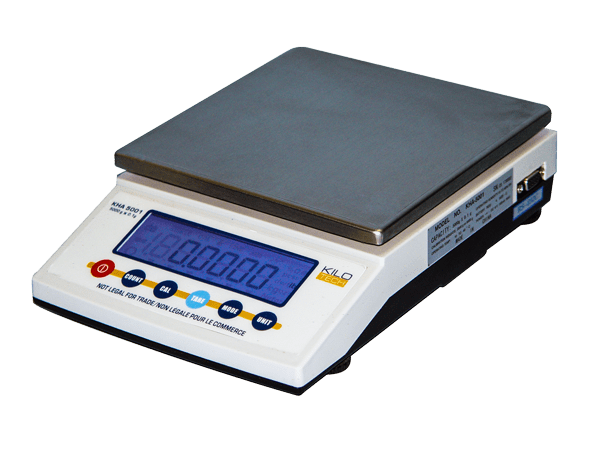 Scales
Scales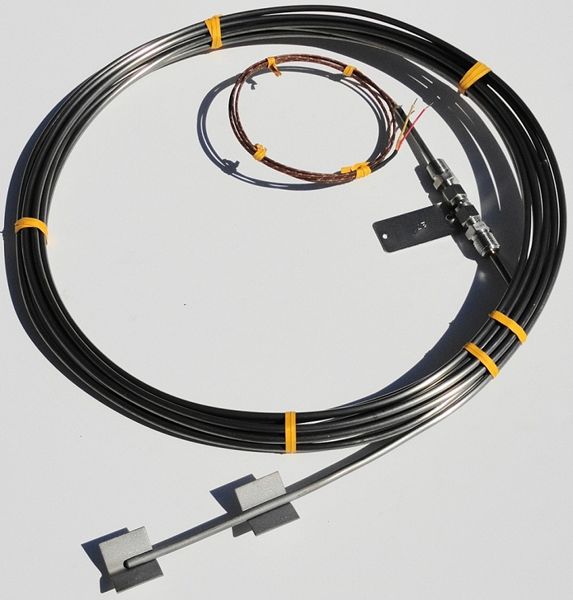 Thermocouples
Thermocouples Castings & Forgings
Castings & Forgings Bulk Material Handling
Bulk Material Handling Electrical & Electronic Components
Electrical & Electronic Components Flow Instrumentation
Flow Instrumentation Hardware
Hardware Material Handling Equipment
Material Handling Equipment Metal Cutting Services
Metal Cutting Services Metal Forming Services
Metal Forming Services Metal Suppliers
Metal Suppliers Motion Control Products
Motion Control Products Plant & Facility Equipment
Plant & Facility Equipment Plant & Facility Supplies
Plant & Facility Supplies Plastic Molding Processes
Plastic Molding Processes Pumps & Valves
Pumps & Valves Recycling Equipment
Recycling Equipment Rubber Products & Services
Rubber Products & Services